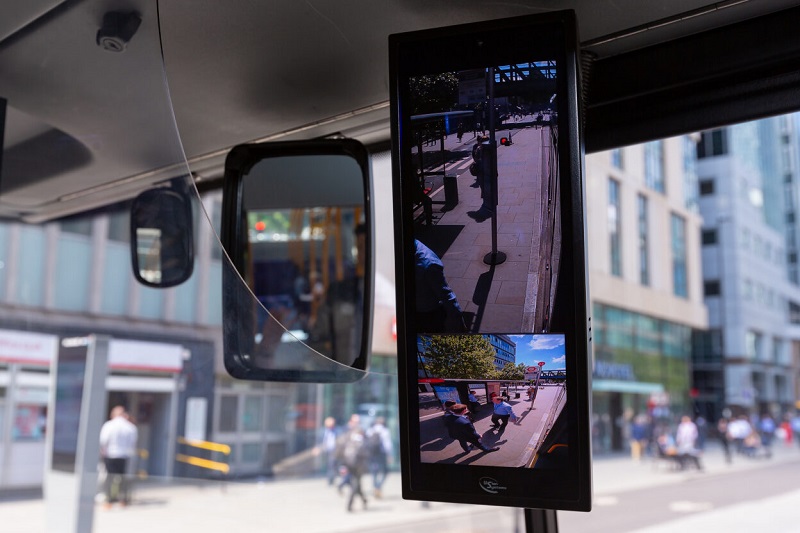
TfL has published a new strategy that outlines specific actions to be taken to achieve its goal of ensuring no deaths are caused by bus collisions by 2030 – and eliminating serious injuries by 2041.
The new Bus Safety Strategy sets out what TfL and bus operators are already doing and what more needs to be done to meet the Vision Zero ambition in London.
TfL recently launched the fourth Bus Safety Innovation Challenge to help find solutions to reduce injuries to customers while travelling on a bus.
The challenge, which launched on 31 July, aims to identify and trial new ways of helping reduce injuries to customers travelling on buses – in particular incidents where the customer is injured while standing or moving on bus services or on stairs.
The actions set out in the strategy include commitments to:
- Retrofit technology onto the existing fleet, including fitting a further 1,800 buses with Intelligent Speed Assistance. This will mean that half of all buses are fitted with this technology by 2024, and the majority of the bus fleet by 2030.
- Commission further research to identify the most effective measures to avoid and mitigate the risks posed by pedal application error
- Trial fatigue detection technologies on up to 450 buses over a 12 to 18 month period
- Implement a strategic data-led approach looking at what changes can be made across the network to reduce passenger injuries, particularly due to slips, trips and falls
- Work with the London Fire Brigade and other key stakeholders to identify vital new measures to tackle the risks posed by bus fires
- Ensure safety improvements are inclusive for all those who work and use the bus network
TfL says good progress has been made so far, thanks to its Bus Safety Programme – which is already delivering the greatest reduction in the number of people killed or seriously injured per journey of any road-based mode of transport.
The number of people killed in collisions involving London buses in 2022 65% lower than TfL’s 2005-09 baseline.
This is compared to an overall reduction across all transport modes on London’s roads of 52%.
The Bus Safety Standard, which sets out the standards required for new buses in the capital’s fleet, is at the heart of this programme and is leading the international bus industry in requiring physical and technological safety improvements.
Louise Cheeseman, TfL’s director of buses, said: “Safety is our first consideration in all that we do to deliver bus services in London and we’re determined that it will continue to be at the heart of our transport network.
“This new strategy is a vital part of our approach to systematically making transport safer for everyone.
“The measures outlined in this strategy will be vital to achieving our Vision Zero goal of ensuring nobody is killed or seriously injured on the transport network.”
07 September 2023
